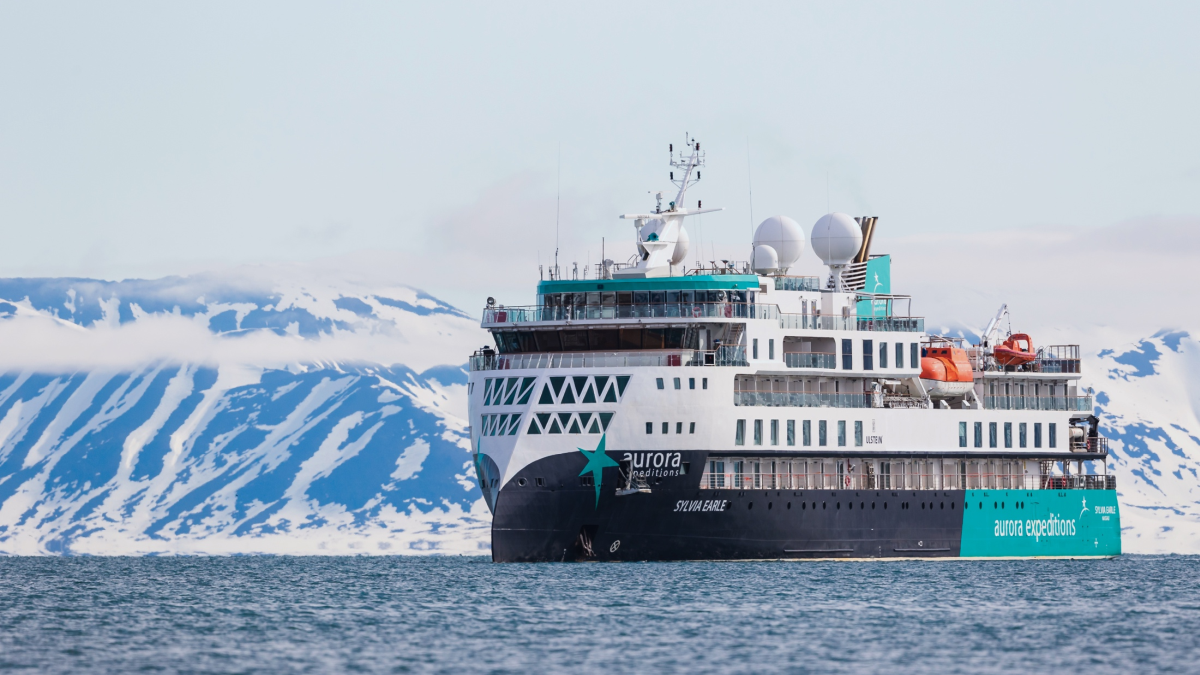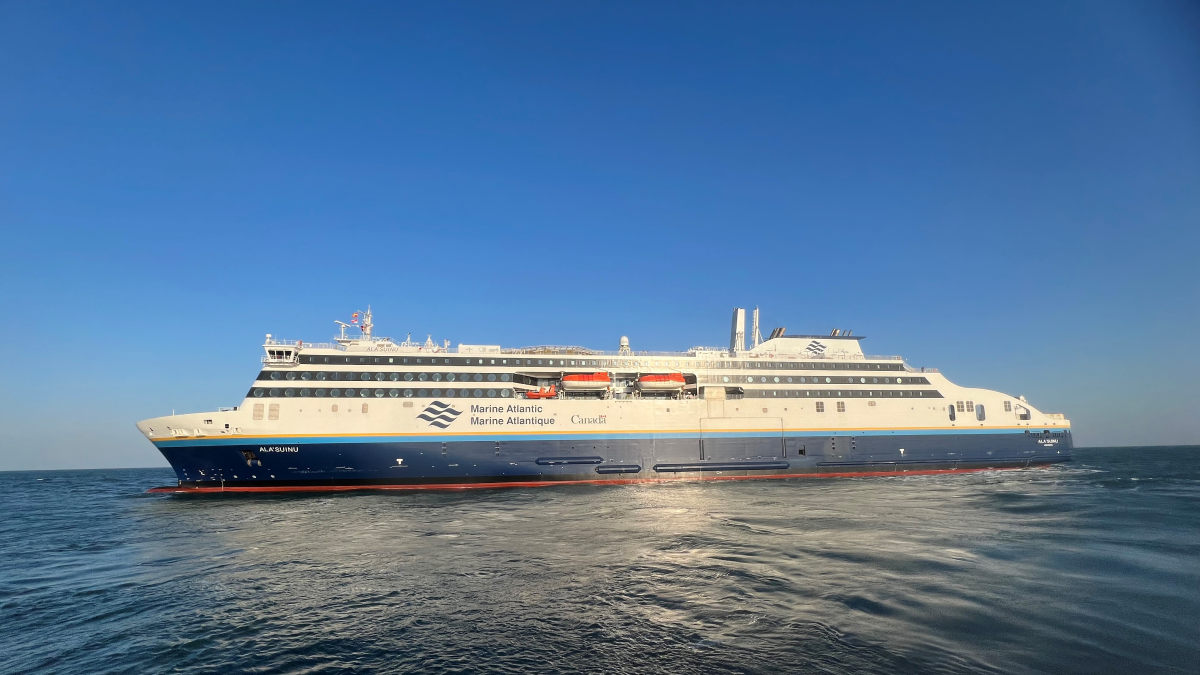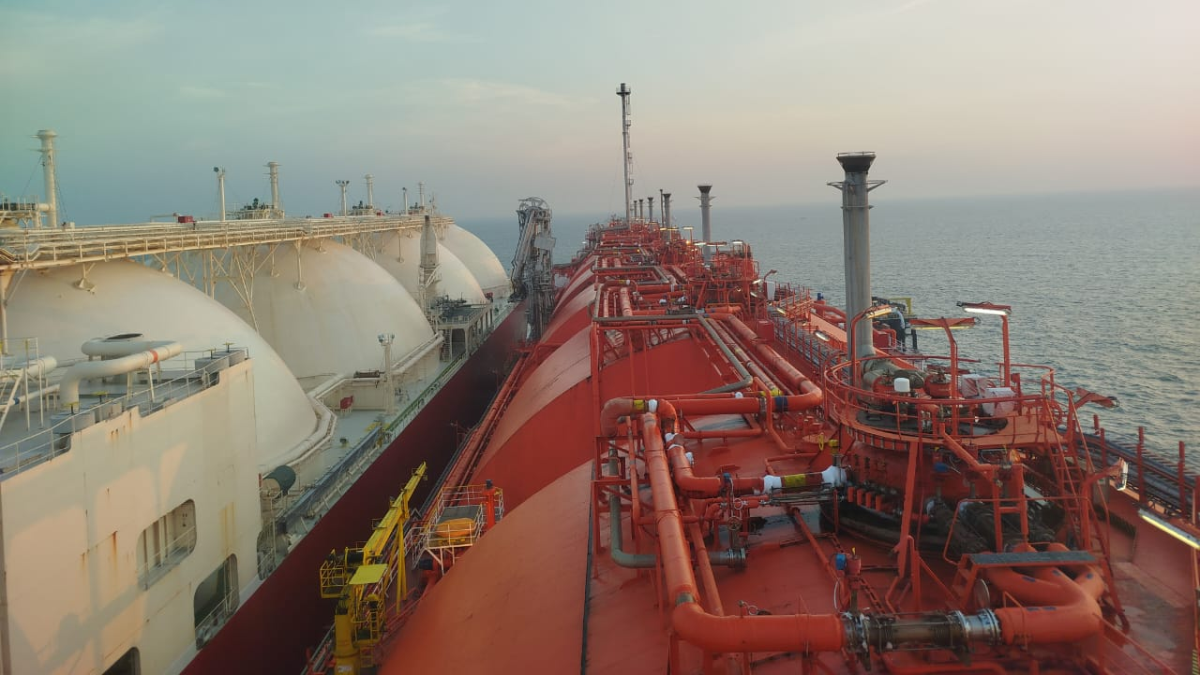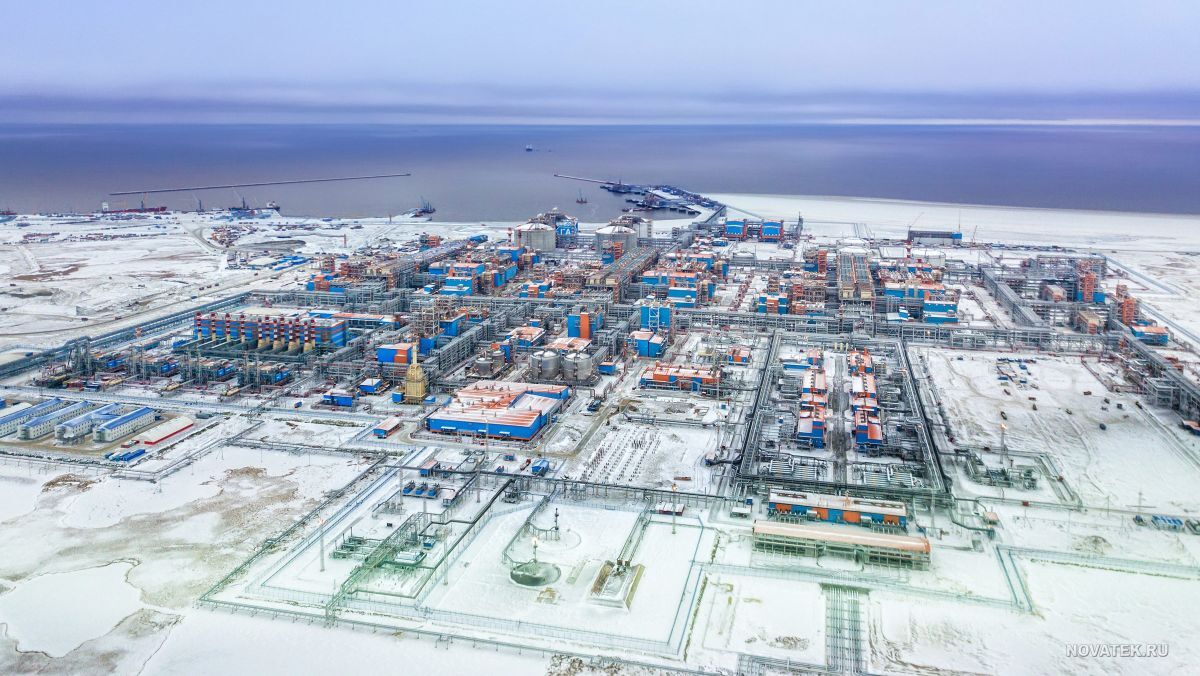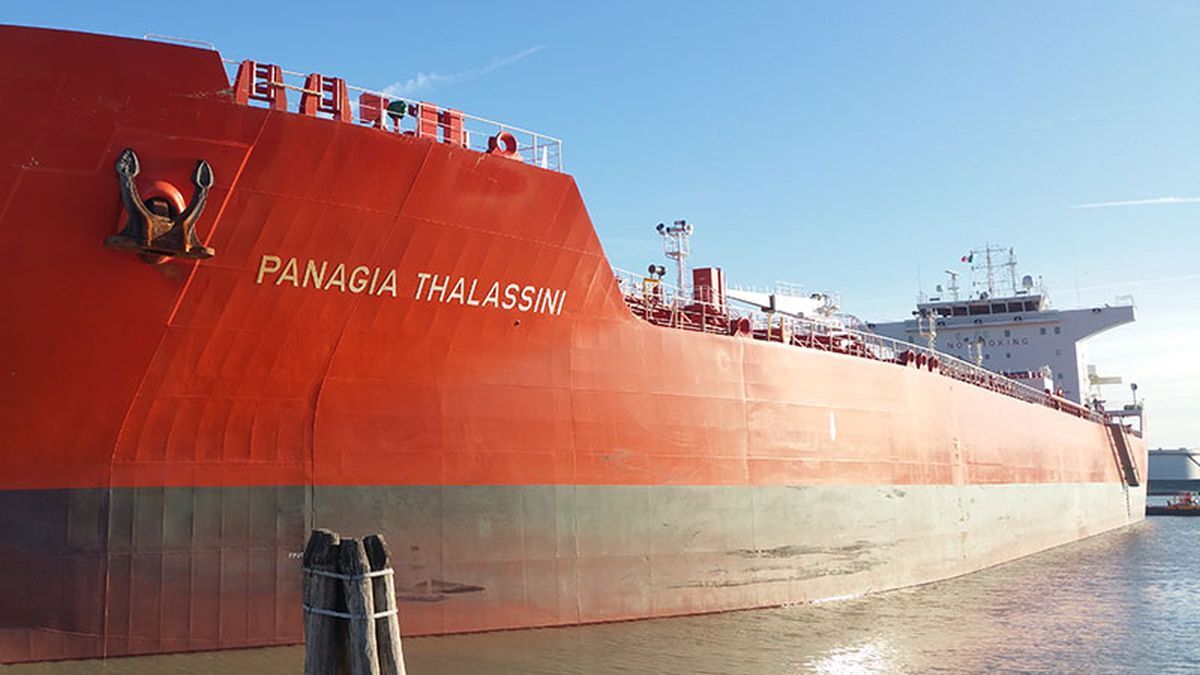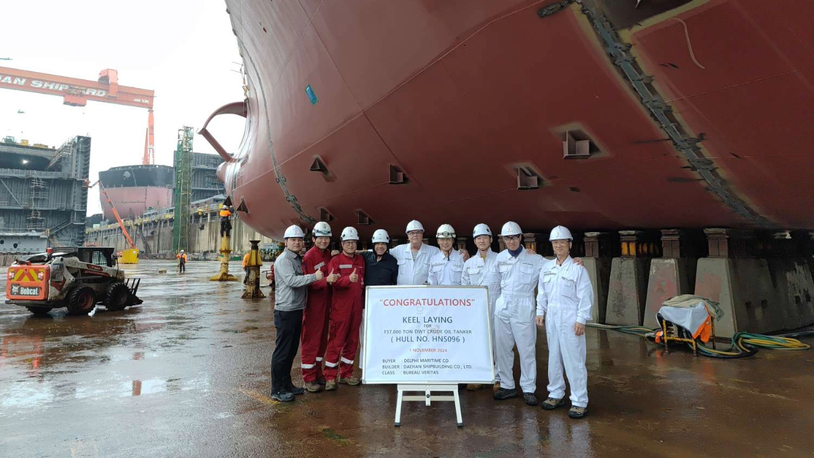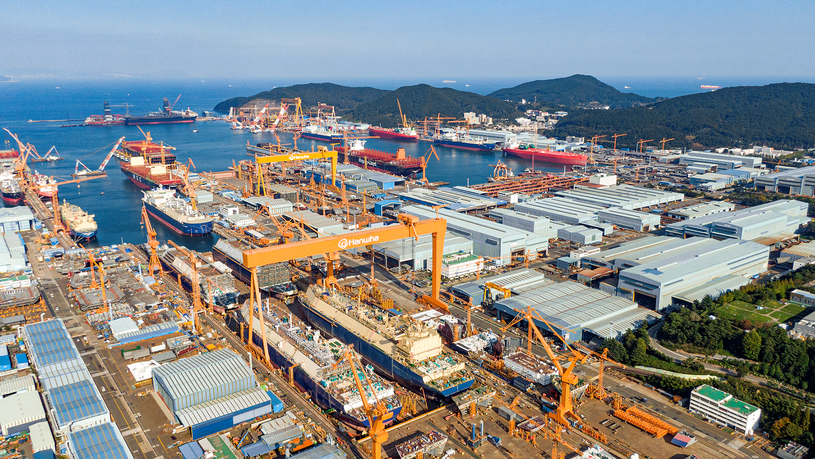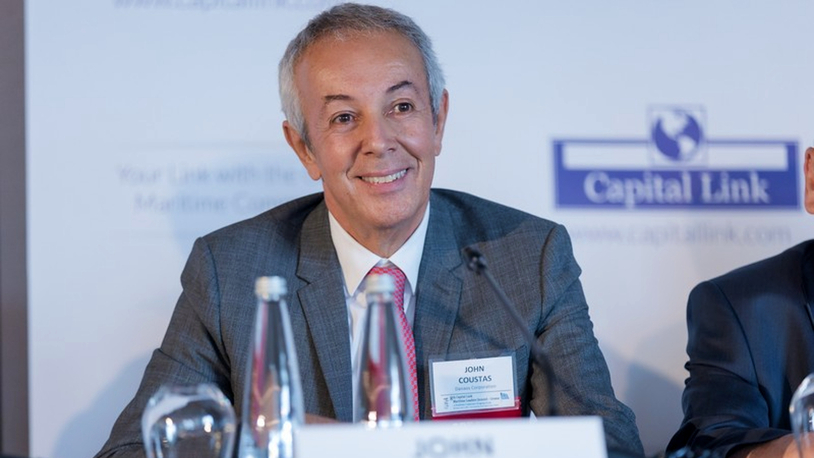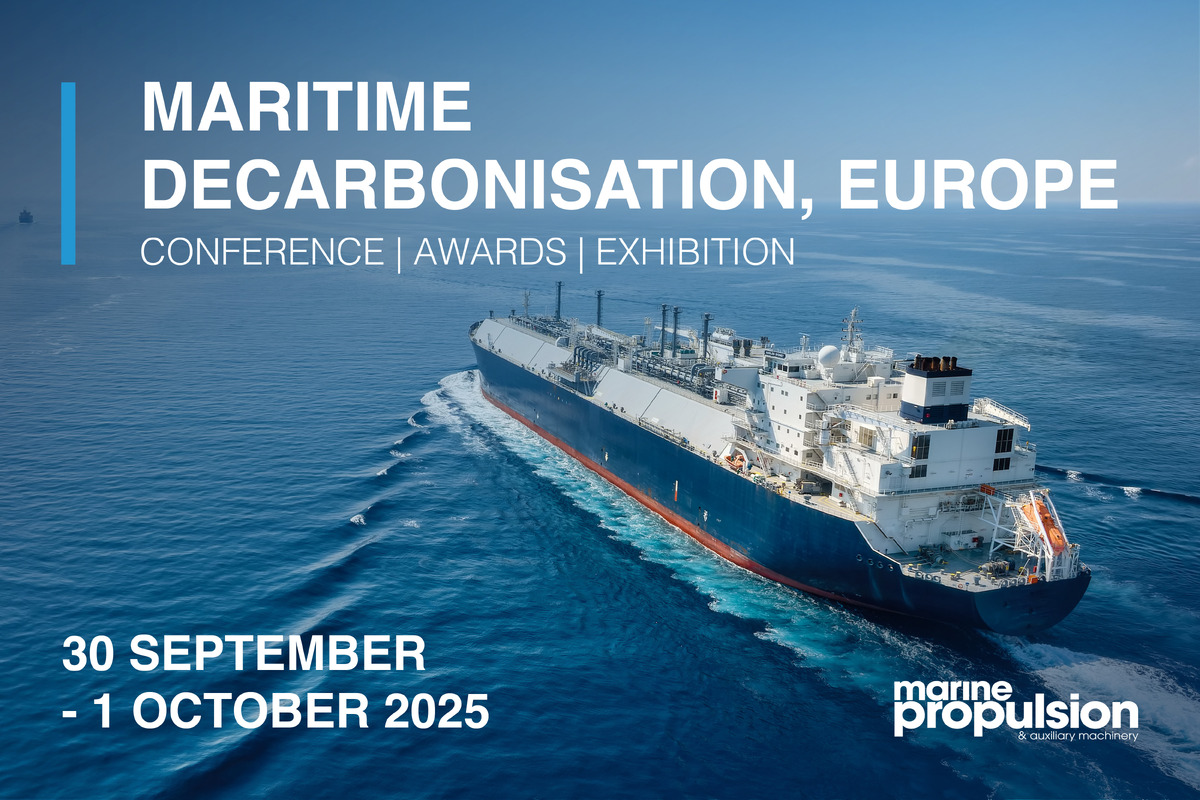Business Sectors
Events
Contents
Register to read more articles.
China cements role as passenger ship builder
China has celebrated cruise ship building milestones this year, despite a fall in passenger volumes due to the impact of the pandemic
China is strengthening its role within the cruise sector – despite suffering an impact from the fall-out of the pandemic.
A major milestone for this year is the delivery of the first domestic large cruise ship to be built in China. Carnival Corp and China State Shipbuilding Corp’s joint venture Adora Cruises’ first ship will no doubt lead the way for many more large cruise ships to be built in the country, and specifically, to Chinese consumer tastes.
Its interior design undoubtedly outstrips cruise ships previously built in China. Lloyd’s Register, which classed the ship, comments, “Adora Magic City is likely to mark a new beginning for the Chinese cruise sector. It will provide an unprecedented cruise experience for customers, with significantly higher outfit standards, larger cabins, more space generally, as well as international components, Fincantieri-designed cabins and so on [than current Chinese cruise vessels].”
This cruise ship certainly has the power to unlock a cruise market in China that is ripe for the picking. The country’s growing middle classes have an appetite for travel.
Additionally, Wärtsilä ANCS has delivered its bow thruster system, its dynamic trim system and cable and steel parts supply.
Wärtsilä ANCS says in a statement, this integrated system “not only enhances the efficiency and safety of the cruise ship but also positions Adora Magic City as a pioneer in the Chinese cruise industry”. All equipment was delivered to the customer in 2021 and 2022, and the vessel’s maiden voyage began 1 January 2024 from Shanghai.
“The cruise industry has always been a key focus for ANCS in providing innovative automation and making navigation capabilities possible. Adora Magic City not only represents a leap forward for China’s shipbuilding industry but also allows new opportunities for the cruising industry in China,” says ANCS automation and navigation director Thomas Heldarskard-Winnerskjold.
“The project’s importance lies in its role as a symbol of China’s prowess in shipbuilding and Wärtsilä ANCS, with its innovative products and continuous support, has allowed us to set new standards in China for the luxury cruising industry” says Shanghai Waigaoqiao Shipbuilding, CSSC, project manager Zhou Qi.
According to media sources, Adora Magic City has so far completed 41 trips, transporting 154,000 passengers.
SunStone Maritime Group is a first mover, as it was the first to build cruise ships in China, at CMHI Shipyard in Haimen. But while its Infinity-class ships were built in China, Ulstein in Europe oversaw the technical design and Tomas Tillberg Design looked after the interior design.
As well as being technologically advanced, with Safe Return to Port, Polar Class 6, an inverted bow, zero-speed stabilisers, dynamic positioning, and the energy saving X-Bow (Ulstein’s patented X-bow technology), in a recent article for PST’s sister publication, Passenger Ship Interior & Refurbishment Review, it was highlighted that a major focus running through the series of ships is to customise the product for different charterers.
As SunStone finishes its Infinity-class ships – the seventh and final vessel will be delivered this year – there is no doubt the Chinese yard must have learned important lessons.
Elsewhere, the country is also keen to capitalise on ferry building. Stena RoRo is building its line of E-Flexer ferries at China Merchants Jinling (Weihai) Shipyard.
Its latest vessel highlights the sophistication of design and construction. Marine Atlantic’s new ferry Ala’suinu hits several firsts, from being the first Stena RoRo E-Flexer design to use a battery, to deploying an innovative air quality control system, and being the first ropax to scoop DNV’s Silent(E) notation.
Ala’suinu is under a five-year lease to Marine Atlantic, a Canadian operator based in province of Newfoundland & Labrador. The ship, the 10th E-Flexer design from Stena RoRo, will sail between Nova Scotia and the island of Newfoundland from June 2024. Previous ferries using the E-Flexer platform include those built for Stena Line, one for DFDS and three that have been delivered for Brittany Ferries.
Stena RoRo general manager newbuildings, Staffan Stenfelt says, “It was good to have the E-Flexer design as a reference, to present to Marine Atlantic when they selected us as the partner for this work.”
The ferry deploys battery, dual-fuel LNG and diesel propulsion. Stena RoRo has built two LNG dual-fuel E-Flexers for Brittany Ferries – Salamanca and Santona – which it used as a reference for its design for Marine Atlantic’s ferry.
Ala’suinu is the first of the E-Flexers to deploy a battery. The 2-MWh battery used is the Corvus Orca, to be used for peak shaving and to control the ferry’s thrusters in port. The Ice Class 1A ropax has three large bow thrusters, a contrast to the two thrusters the other E-Flexer ships have.
The use of batteries will be a good reference point for two new Brittany Ferries E-Flexers which are currently being built, which will have significantly larger batteries, at 11.5 MWh for each vessel.
Next up are two E-Flexers for Brittany Ferries and one for Corsica Linea. Stena RoRo is also building two methanol-driven roros for Stena Line, although these are not of the E-Flexer class.
Looking ahead, Mr Stenfelt says, “Our E-Flexer class has a very efficient hull and is a fantastic platform that is very energy efficient, and we will use this for more projects. We are presently developing the next-generation version – we are looking at that in parallel.”
He says, “on the drawing table” are some methanol-ready E-Flexer projects. “Methanol is more operationally practical and safer as the liquid can be placed in normal tanks [than LNG]; we do not need pressurised tanks.”
This milestone 10th E-Flexer charts the progress of Stena RoRo’s platform, and of the Chinese yard building them, and there is more innovation to come.
Against the backdrop of China’s more prominent role in building passenger ship vessels, the country’s passenger volumes have been affected by the pandemic. CLIA’s State of Industry report, published in May 2024, says, “China re-opened in September 2024, and while there was a surge in cruise passenger volume, it wasn’t enough to return the market to its status as a major source market”
Its passenger volumes were down by 9.2% in 2023 compared with 2019.
Sign up for Riviera’s series of technical and operational webinars and conferences:
- Register to attend by visiting our events page.
- Watch recordings from all of our webinars in the webinar library.
Related to this Story
Events
Maritime Decarbonisation, Europe: Conference, Awards & Exhibition 2025
Offshore Support Journal Conference, Americas 2025
LNG Shipping & Terminals Conference 2025
© 2024 Riviera Maritime Media Ltd.


